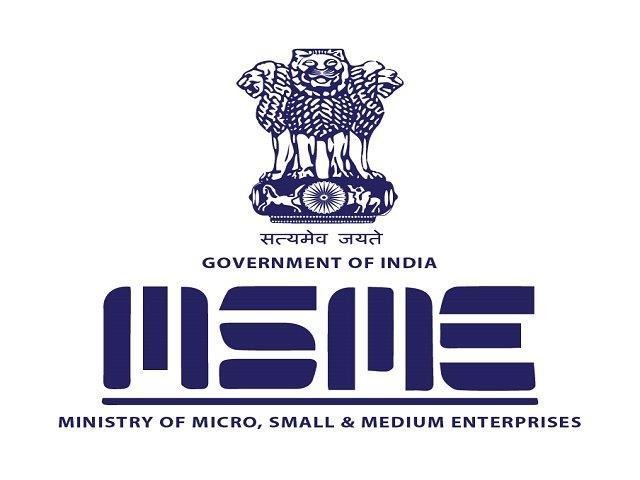
Danish carrier Maersk has announced an emergency contingency surcharge (ECS) for trade routes from India, the Indian Subcontinent, and the Middle East to Europe, the Mediterranean, and Africa, in response to the ongoing disruptions in the Red Sea and Gulf of Aden.
The changes affect several routes, including:
- South and East India to North Europe (E3W)
- Sri Lanka to North Europe (E3W)
- Bangladesh to North Europe (E3W)
- North West India and Pakistan to North Europe (E3W)
- North West India and Pakistan to Mediterranean (E4W)
- South India to Mediterranean (E4W)
- Bangladesh to Mediterranean (E4W)
- Pakistan/Indian Subcontinent to West Africa (W2MW)
- Middle East Red Sea (Jeddah, King Abdullah) to West Africa (W2MW)
According to an official release, the current situation has caused widespread industry disruptions, leading to delays at ports, equipment shortages, and increased long-term costs. Maersk recognizes that its customers are facing similar challenges and is committed to continuously reviewing surcharges in this rapidly changing environment. The new surcharges will take effect from the Price Calculation Date (PCD) of September 15, 2024.
For example, starting October 1, the emergency surcharge for the E3W route (South and East India to North Europe) will be $1,400 for 20′ dry, 20′ reefer, and 40′ dry containers. Similarly, the surcharge for W2MW (Pakistan/Indian Subcontinent to West Africa) will be $1,250 for 20′ dry and 20′ reefer, and $1,300 for 40′ dry containers.
Maersk is also adjusting its peak season surcharge (PSS) for E1W (Far East Asia to North Europe) and E2W (Far East Asia to Mediterranean), with the PSS for E1W set at $500 for 20’ dry and 20’ reefers, and $1,000 for 40’ dry and 40’ HDry, effective October 1.
In addition, a $3,000 per Forty-foot Equivalent (FFE) port disruption surcharge will apply to all cargo traveling to and from the U.S. East Coast starting October 21. According to Lars Jensen’s LinkedIn post, these adjustments will realign rates to levels seen during the peak period of July 2024





